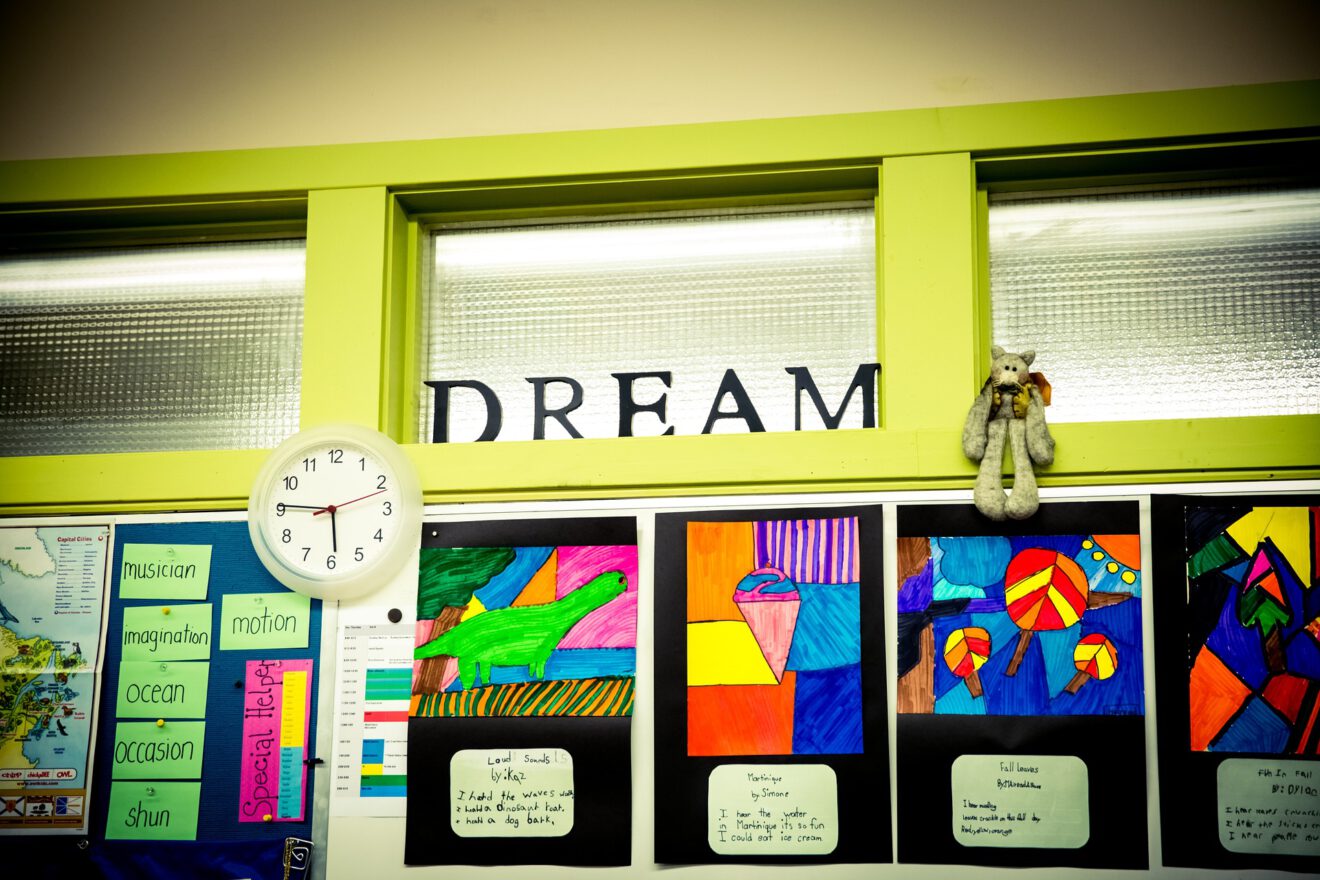As my district developed its recent strategic plan, we knew we wanted to adopt an anytime-anywhere learning environment. We made the decision to implement Universal Design for Learning (UDL), a philosophy that aims to eliminate learning barriers for all students. Once we made this decision, we set out to find a dependable learning management system (LMS) that would help organize and implement the changes we had in mind.
The district had previously tried several different LMS platforms with mixed results. We wanted one platform to support each of our K-12 grades but some of the systems we considered were not visual enough for our younger students. We also found that many LMS platforms were developed for higher education and just did not suit K-12.
What we wanted was a platform that would provide multiple formats for students to acquire and demonstrate knowledge. It also needed to help students become resourceful and knowledgeable – expert learners really. After an extensive search, we chose itslearning because it had stronger support for UDL.
Are you evaluating learning management systems for a UDL initiative? Here are 10 questions you should ask:
- Does the platform have a recommendation engine that teachers can use to provide personalized access to resources if a learner has not shown mastery of learning?
- Are rubrics for students to show mastery designed to be aligned to a learning objective so that students can demonstrate in multiple ways that they understand?
- Does the platform have an integrated lesson planner with custom fields that can be used to create the scaffold for ensuring lessons are designed according to UDL principles?
- Can students have their own individual learning plans to give themselves tasks and track and reflect on their own progress?
- Can courses be created from templates that align to learning objectives so that teachers can see all lessons with notes related to UDL strategies?
- Will students have e-portfolios to self-reflect on their learning progress and demonstrate their best work in a private or public space?
- Will students be able to create content within courses as well as tests, surveys, assignments and rubrics?
- Does the platform allow students to submit work in a variety of ways including but not limited to text, video, audio, and other embeddable media?
- Will teachers be able to give students feedback organized by learning objective and criteria as well as via audio and video?
- Will students be able to create their own communities and invite others to join?
Standardizing on this platform has enabled us to create a learning community where students and educators collaborate, investigate, and communicate their learning together.
We see our successful implementation as the result of our commitment to the principles of UDL. Not only do we have a vision and strategic plan to execute our vision, we have had consistent direction from our district leaders as well as buy-in and support from our building level leadership.
Nick Williams is the coordinator of instructional technology for Bartholomew Consolidated School Corporation in Columbus, Indiana. He taught biology for the district for 11 years prior to his current position. Nick has also taught online courses for Trine University for five years.
Tech Tips is a weekly column in SmartBrief on EdTech. Have a tech tip to share? Drop us a line at [email protected].
_________________________________________
Like this article? Sign up for SmartBrief on EdTech to get news like this in your inbox, or check out all of SmartBrief’s education newsletters, covering career and technical education, educational leadership, math education and more.
